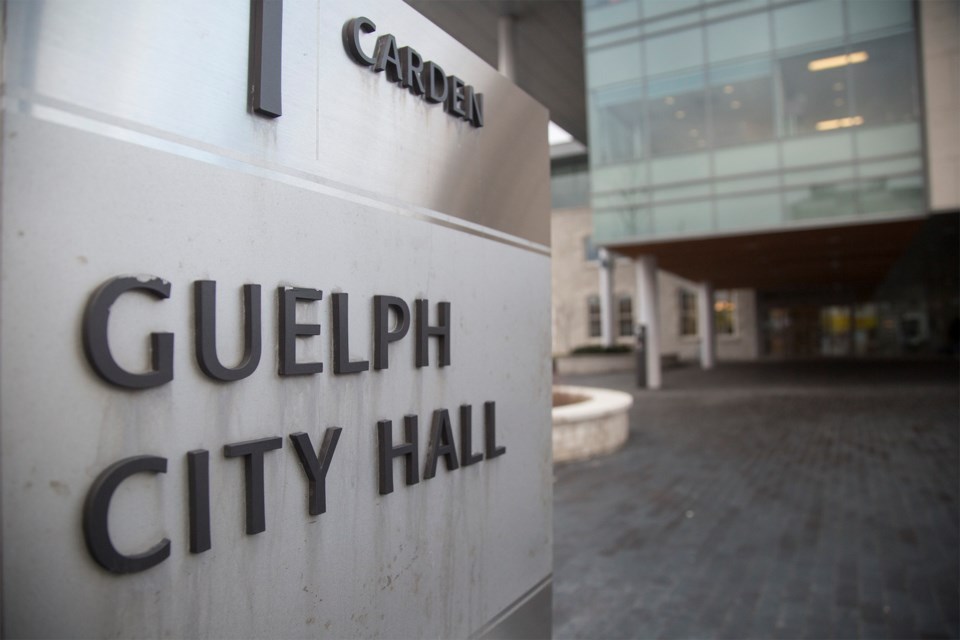The potential exploitation of new rules governing accessory buildings in Guelph was one of the main concerns raised at Guelph City Council Monday night.
The city is updating its Official Plan and zoning bylaws to bring its own policies to better alignment with changes to the provincial Planning Act.
At Monday’s planning meeting of council city staff presented recommendations for those changes in Guelph at a public meeting. Not all of them were well received.
The changes presented would make it easier for property owners to build an additional accessory dwelling on their property that could be as high as two storeys and less than a metre away from their neighbour’s property line.
There was no decision by council Monday on the new regulations. That will come later this year following further community consultation and possible tweaking of staff recommendations.
Councillor Leanne Piper Caron said that accessory units intended for use by adult children or parents aren’t a problem, it’s when they become a new way for landlords to build more student housing that it can become one. Particularly by absentee landlords.
“Adding density into our existing subdivisions has merit,” Caron said. “We just have to get the implementation right,” she said.
“If this is exploited, it could be a nightmare.”
Caron preferred a one-storey limit and less than three bedrooms, something several councillors also agreed with.
Councillor James Gordon called for bachelor and one-bedroom accessory units with a one-storey limit.
Councillor Bob Bell also felt one storey was enough.
“I think we’re setting the bar way too low,” Bell said. “If someone wants two storeys, they should have to go to the Committee of Adjustment.”
The city is collecting more public input through an online survey at guelph.ca/zoningreview. A final report and recommendation comes to council in the last quarter of this year.
Abby Watts, the city’s project manager of the bylaw review, said the city would have some flexibility over which areas the secondary units would be allowed and their size.
“We do have control over heights and setbacks of the buildings. Those are things we can have discussions about,” Watts said.
Currently, city staff are recommending that accessory dwellings can take up to 30 per cent of the existing back or side yard, be up to two stories high and built 0.6 metres from the property line.
The changes could be reviewed within three to five years if there were problems, Watts said.
Mayor Cam Guthrie said he preferred a review in three years.
Councillor Cathy Downer brought up the possibility of these units being rented out as Airbnbs.
Watts said the city’s bylaw department was looking into that element and would be reporting back.
Representatives of two neighbourhood groups that could be most affected by the changes spoke at Monday’s meeting.
Linda Davis of the McElderry Community and Friends Group, south of Stone Road, said her association has “serious concerns,” given that most of the off-campus University of Guelph students live in Ward 5 and 6.
Davis said there are “numerous red flags,” including height (up to two stories up to 6.1 metres high), setback from property line (0.6 m), loss of privacy, the impact on the tree canopy plus parking.
Davis asked council not to “sell us out” to a concept “dreamed up by politicians in Toronto.”
John Lawson of the Old University Neighbourhood Residents Association said the proposed changes could be open to exploitation.
All students and landlords aren’t a problem, Lawson said, but “some students and some landlords are a problem.”
Delegate Michael Hoffman asked the city to use discretion as to where and how much of this type of housing it allowed.
“We urge city council to carefully select neighbourhoods,” Hoffman said.
Another delegate, James Smith, was in favour of the changes, calling them “long overdue.”
“I think this overall is a positive infill opportunity for the city,” Smith said.
